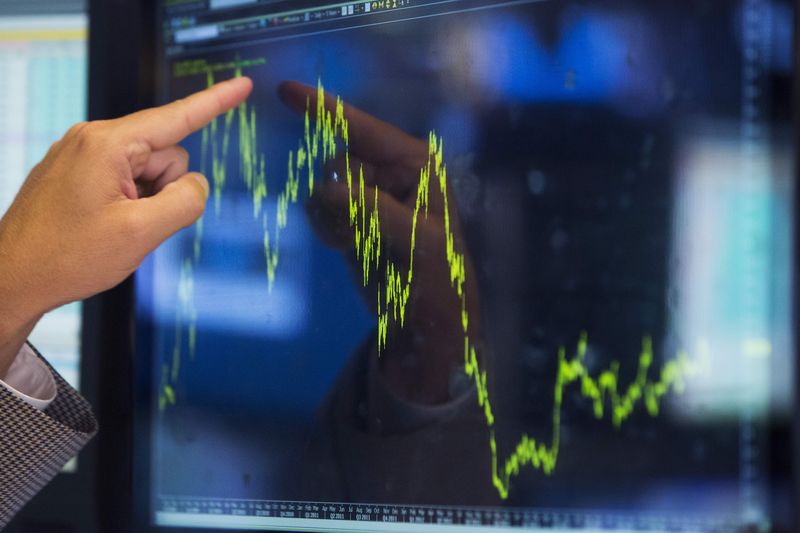Dollar bulls suffer setback as traders add to Fed cut bets

By Kevin Buckland
TOKYO (Reuters) – The U.S. dollar fell from two-month highs hit overnight versus its major peers after signs of weakness in the labour market boosted the case for quicker Federal Reserve rate cuts.
Despite that, the dollar on Friday remained on track for a second straight weekly advance after surprisingly strong monthly payrolls figures last week prompted traders to take bets for a half-percentage-point cut at the Fed’s next policy meeting off the table.
The market’s interpretation of Thursday’s surge in initial jobless claims was complicated by an uptick in the consumer price index (CPI) the same day, which served as a reminder that restrictive monetary policy may be required to bring inflation under control.
Bets for a quarter-point Fed rate cut on Nov. 7 increased to 83.3% from 80.3% a day earlier, with the remaining odds for policy to stay steady, according to the CME Group’s (NASDAQ:CME) FedWatch Tool. A week earlier, there was a 32.1% chance of a half-point reduction and 67.9% probability of a quarter-point cut.
The two-year U.S. Treasury note yield, which typically moves in step with interest rate expectations, fell on the day, and was down at 3.9531% early on Friday, keeping the dollar under pressure.
The dollar index, which measures the currency against six peers, was flat at 102.84 as of 0111 GMT, but down 0.3% from 103.17 on Thursday which was its highest level since Aug. 15. For the week, the index is on track for 0.39% advance, building on the previous week’s 2.06% surge.
While the Fed has signaled a shift in its focus towards full employment over price stability, investors had been looking to the CPI print for confirmation that inflation was coming under control.
“The net impact was some volatility in global markets, but on net, yields are not greatly changed,” said Tapas Strickland, head of market economics at National Australia Bank (OTC:NABZY).
“Overall, the (CPI result) doesn’t change the story of moderating inflation narrative, and should keep the Fed on getting policy back to a more neutral setting, wherever that may be.”
Comments from Fed officals on Thursday pointed to a divide in views, with Chicago Fed President Austan Goolsbee saying the “vast majority” of Fed policy makers expect rates will “gradually come down a fair amount to something well below where they are today”, while Atlanta Fed President Raphael Bostic said he is “definitely open to” skipping a rate cut in November.
The dollar added 0.06% to 148.68 yen, inching back towards Thursday’s high of 149.58 yen, a level previously not seen since Aug. 2.
The euro was steady at $1.093650 after bouncing back overnight from a two-month low at $1.090025.
The Australian dollar held firm at $0.67395 after rebounding from its lowest since Sept. 16 at $0.6702 on Thursday.
Australia’s currency has been buffetted this week by a waxing and waning in stimulus expectations in the nation’s biggest trading partner, China. China’s finance ministry is scheduled to hold a news conference on fiscal policy on Saturday.





